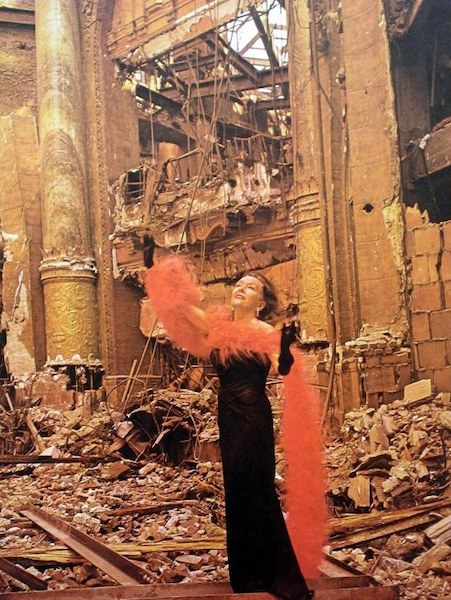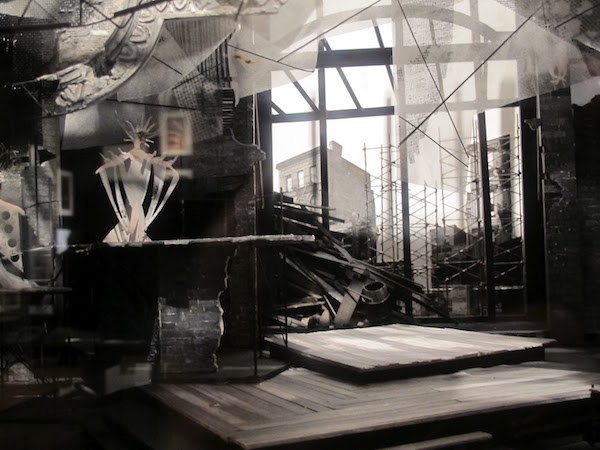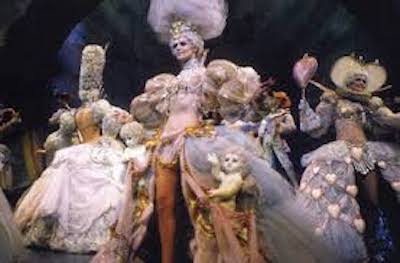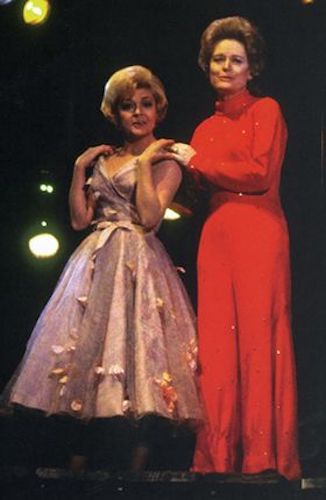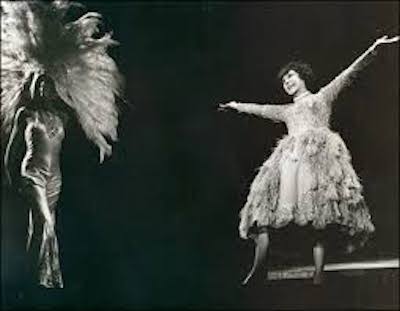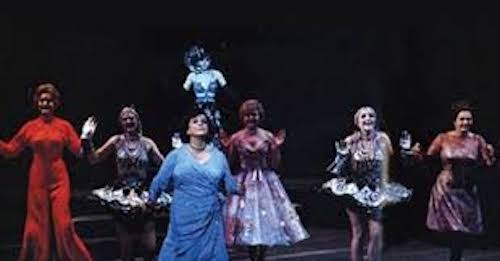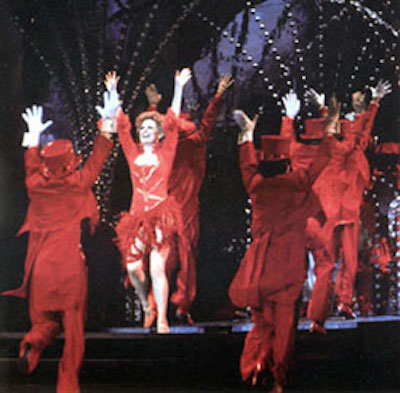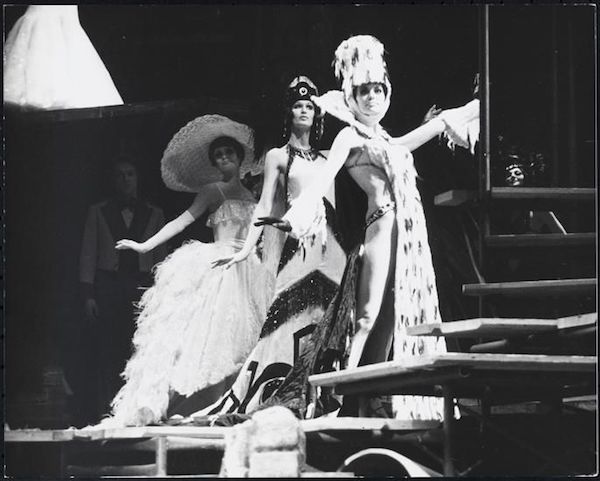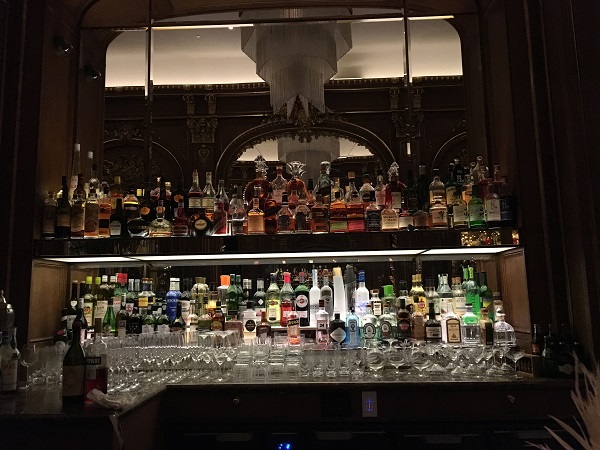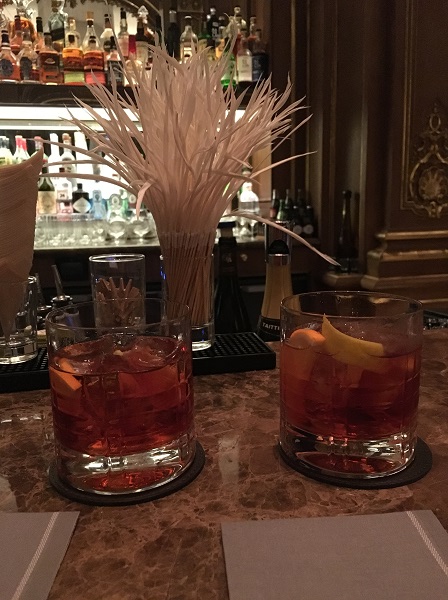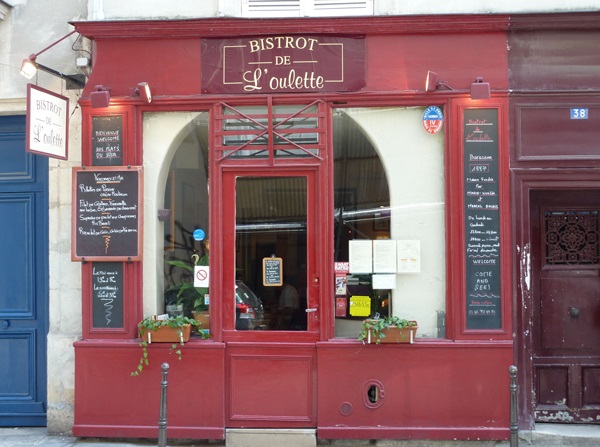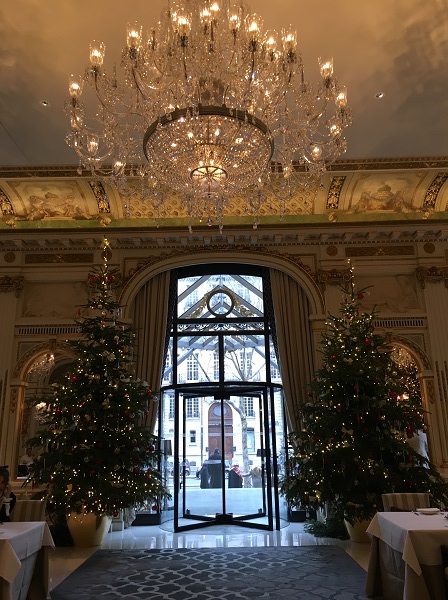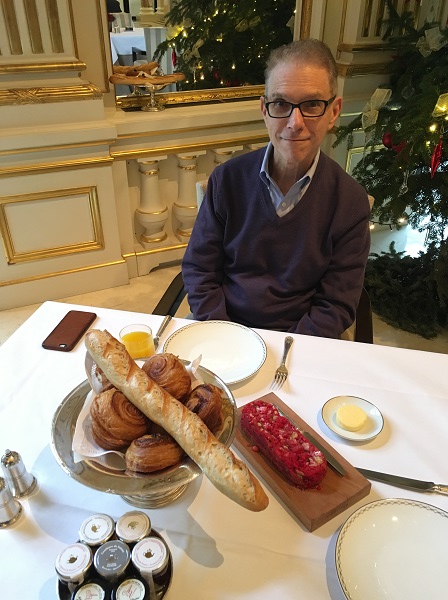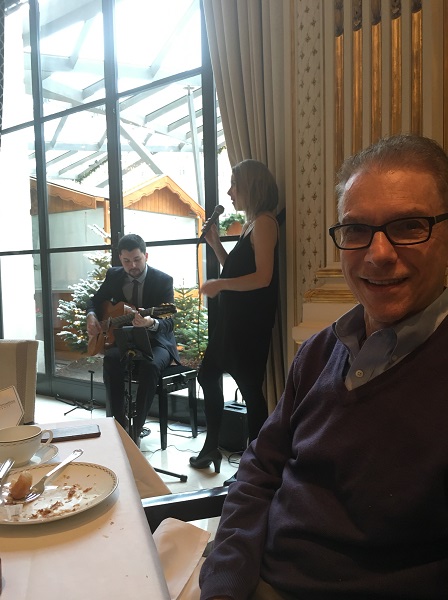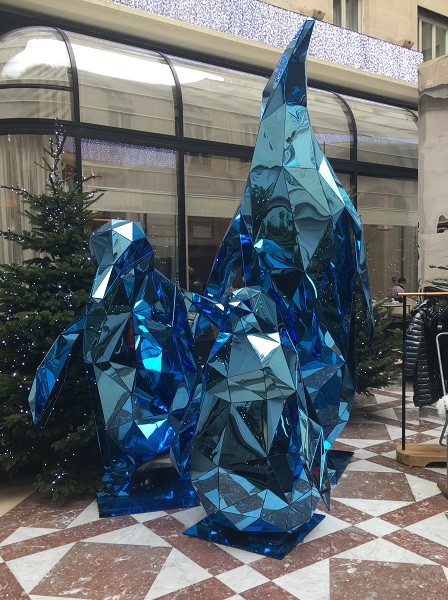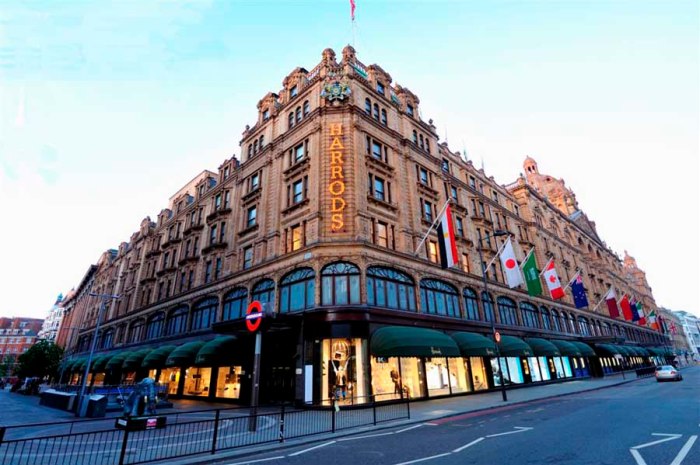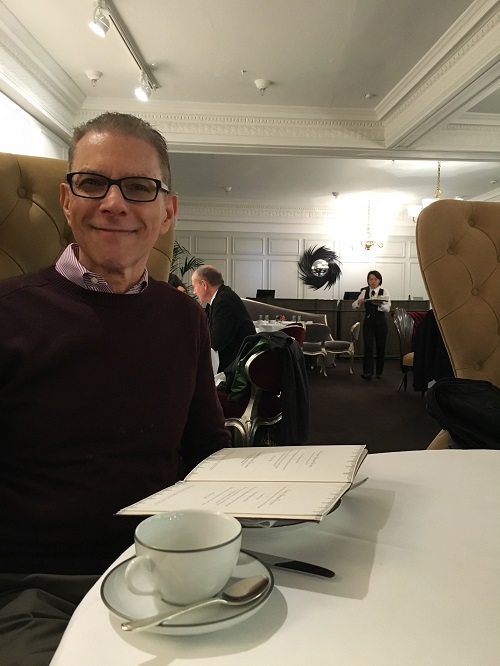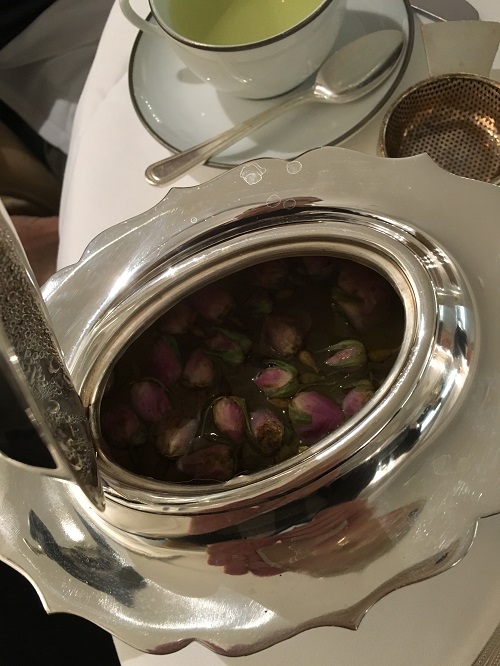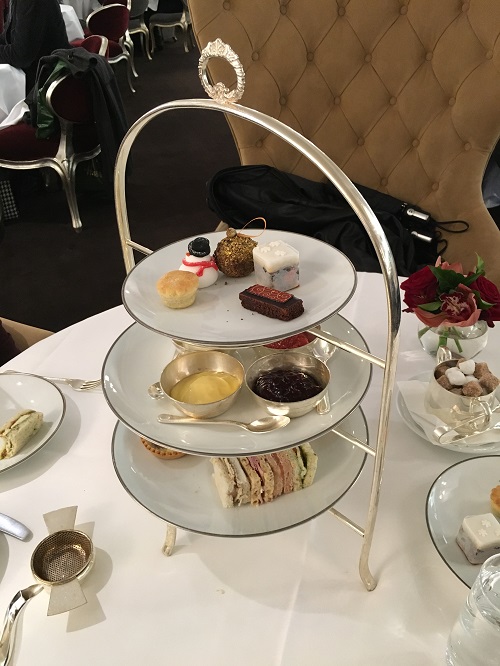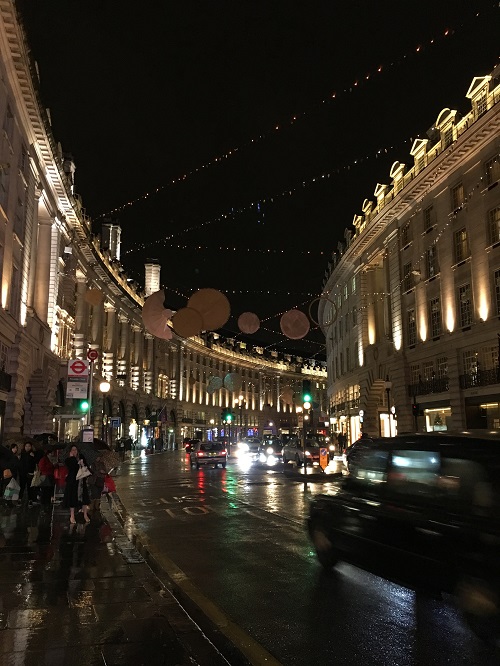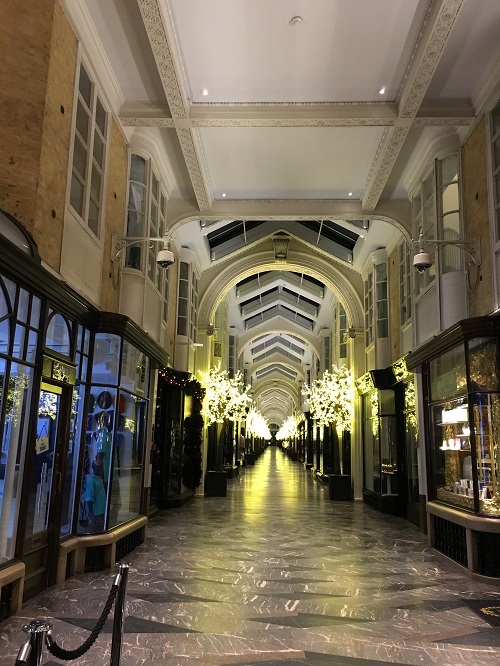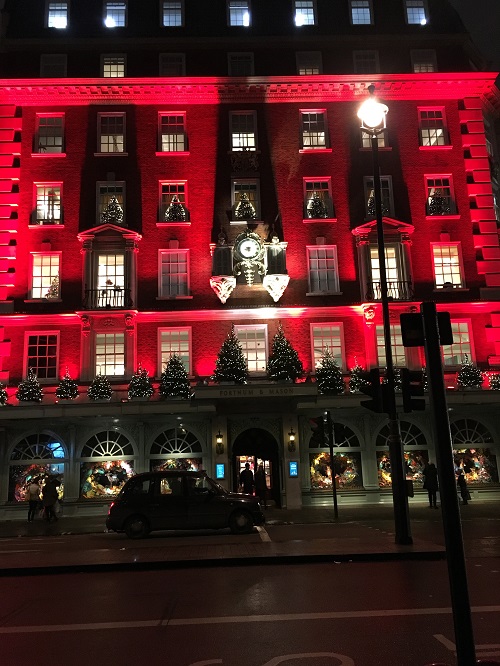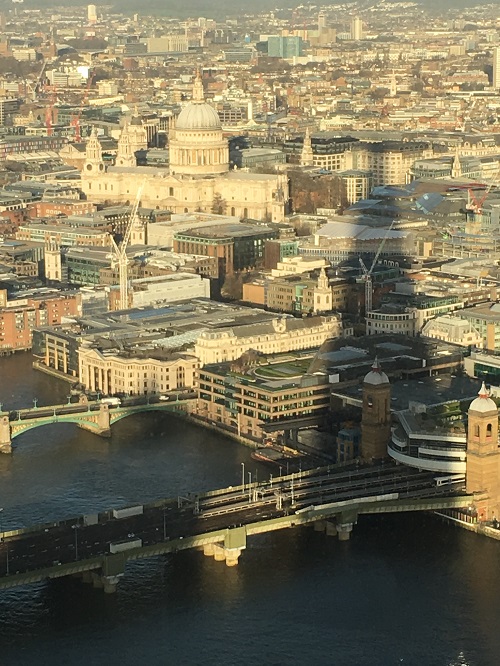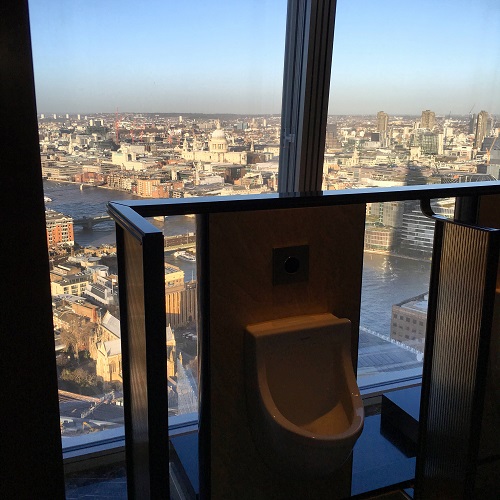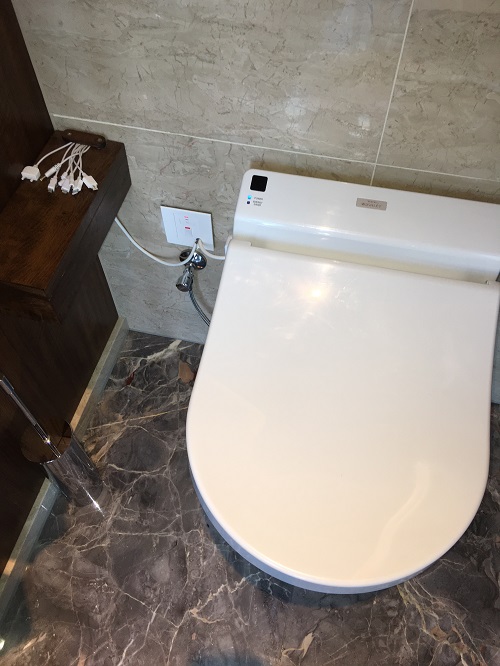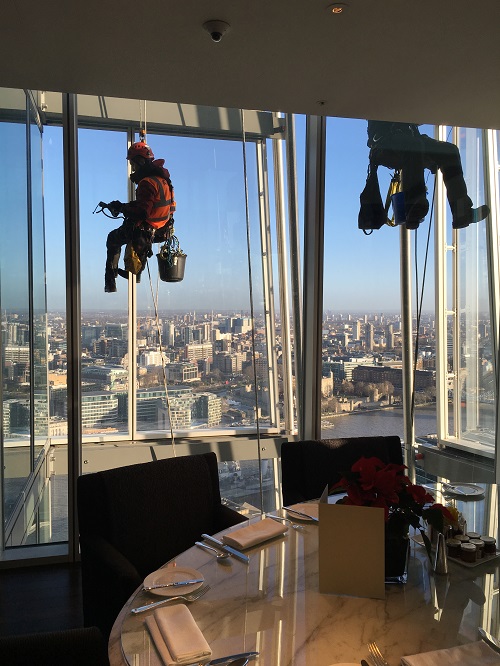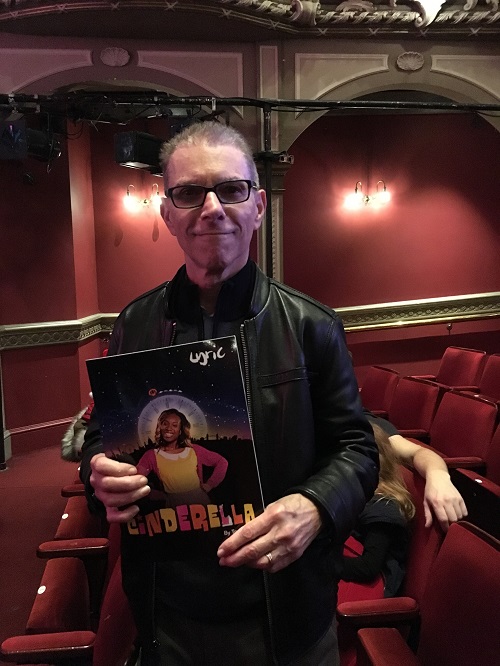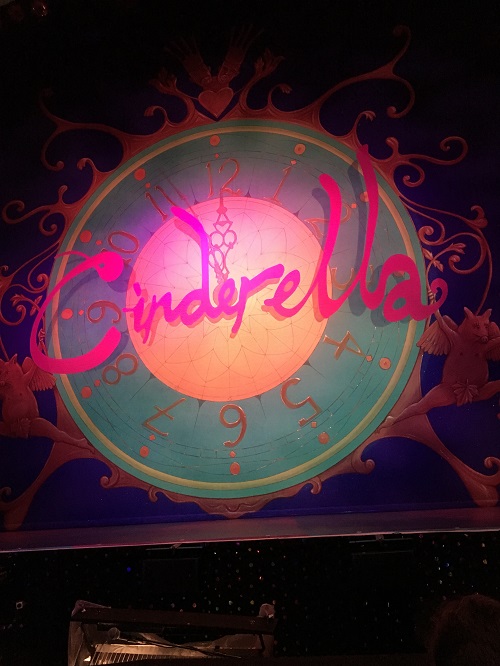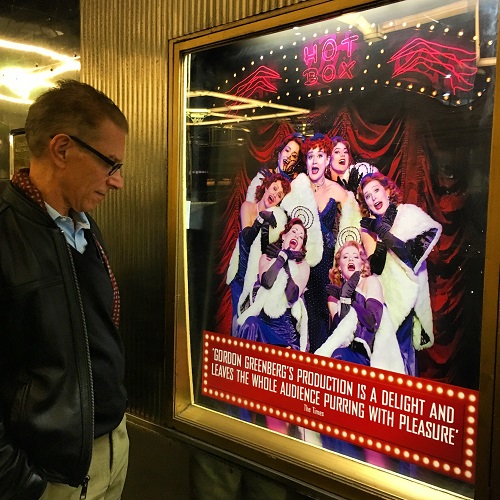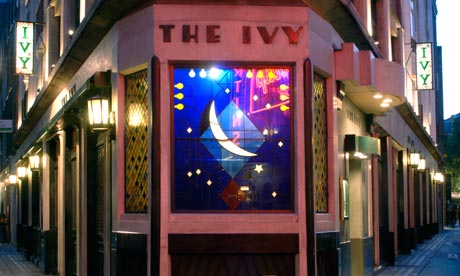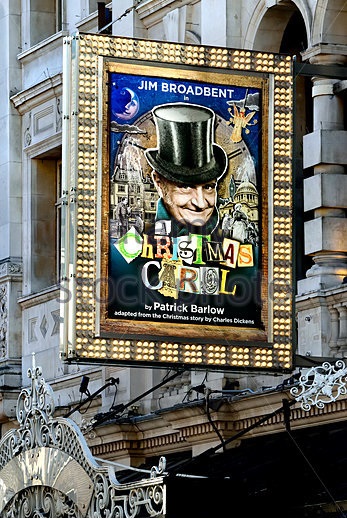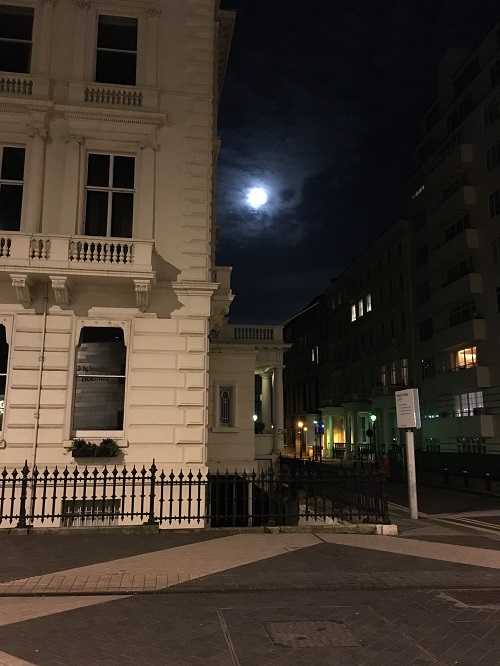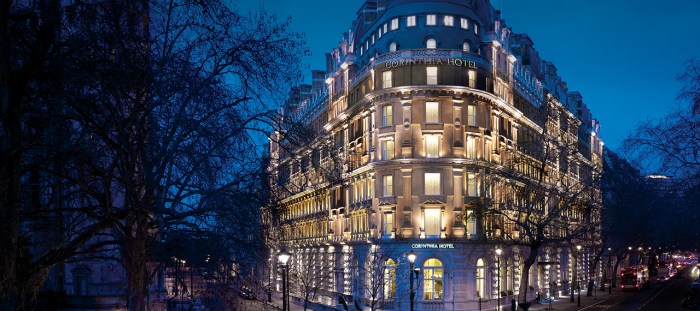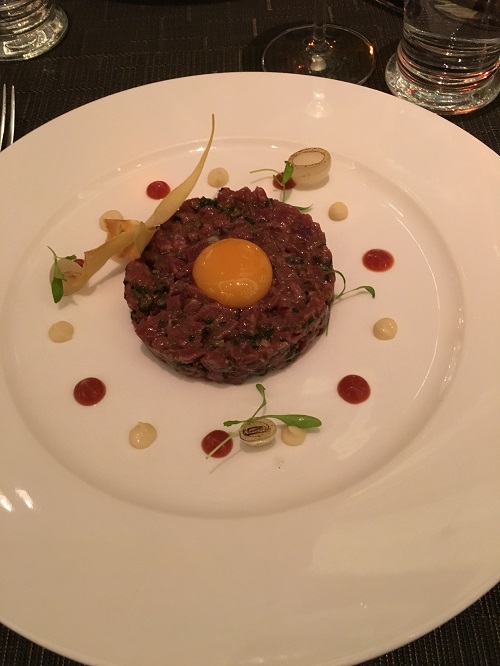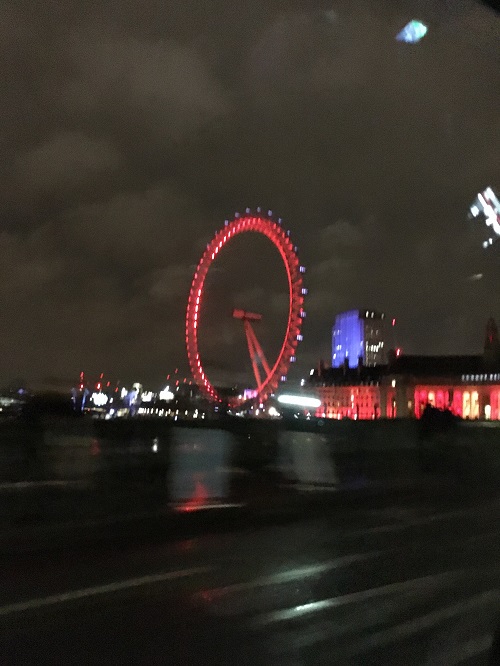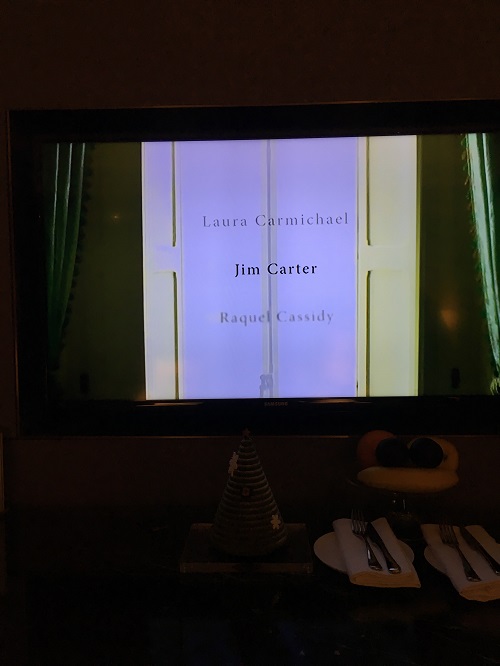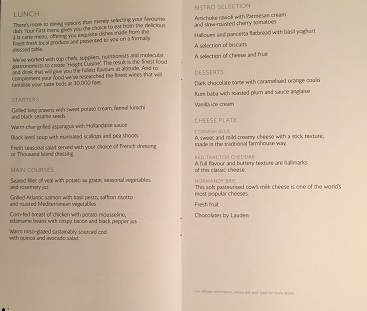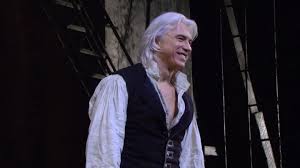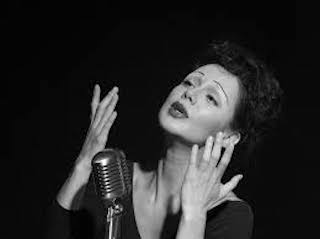

Edith Piaf (1915 – 1963) was born in the 20th arrondissement of Paris.
Christine Andreas (it’s not polite to share a lady’s age when she’s still with us) was born in Camden, New Jersey.
Last week, at the legendary Angel Recording Studios in the Islington section of London, these two phenomenal women converged as Andreas recorded fourteen of Piaf’s most famous songs. Because of our longstanding friendship with Christine and her multi-talented husband, composer-arranger-musical director Martin Silvestri, AAC CPA and I were invited to attend the recording sessions.
We were literally seeing art created before our very eyes.
This recording follows the premiere of Christine’s sensational Piaf No Regrets, her 90-minute show performed at New York’s 54 Below last summer. She recalls “I wanted to present her to newer generations, while reminding older generations of the humanity in her. She came from nothing, she was just singing songs about the working class, as any good anti-bourgeoisie singer would do, she was a punk rocker. Someone called her Patti Smith with a French accent.”
With Marty as her musical director and arranger at the keyboard (and, occasionally, on the accordion), this initial engagement played for only four sold-out performances. However, the response caused such an uproar that she was immediately signed by Columbia Artists and plans are now underway for a national tour of the show beginning this fall. Rather than playing in intimate venues, such as 54 Below, Piaf No Regrets will play bigger venues so as to maximize Christine’s and Piaf’s exposure to much larger audiences.

Christine and Marty
Once Christine and Marty agreed to take their act on the road, the next logical step was to record the songs from the show as a kind of calling card. This time, however, in place of Marty’s accompaniment, there would be a 35-piece orchestra backing Christine. Marty reached out to one of the most sought after conductors and orchestrators, Larry Blank, and, together, they created the arrangements for each song and Larry then set down the orchestrations. Their aim was to create a lush, historically authentic and yet modern sound that would be faithful both to Piaf and to Andreas.

Orchestrator/Conductor Larry Blank
Having recorded at Angel Recording Studios several times over the past 20 years, including the West End original cast album of Marty’s and Joel Higgins’ The Fields of Ambrosia, and Christine’s Love Is Good and Here’s to the Ladies, Marty wanted to make the recording there. In fact, Marty’s recording engineer of choice, Gary Thomas, would come out of retirement to supervise the recording solely because he wanted to work again with Christine and Marty. Marty and Larry also requested certain orchestra members with whom they had worked previously and who, if available, would be part of the team.

Recording engineer Gary Thomas at the controls
This recording would be a prestige project.
It is interesting to note that the building which houses Angel Recording Studios opened as the Islington Chapel in 1888, which itself replaced an earlier chapel built in 1815 and redesigned in 1847. The chapel closed in 1979, at which time the building was acquired by De Wolfe Music. Major renovations were undertaken and recording began in 1982.
Amongst the many artists who have recorded there are Adele, Placido Domingo, Liza Minnelli, and Kylie Minogue. Film soundtracks have also been recorded there, including GoldenEye, Jackie, Moulin Rouge!, Nine, Romeo + Juliet, The Crying Game, and The English Patient. Television scores recorded there include Downton Abbey.

Angel Studios in the Islington section of London
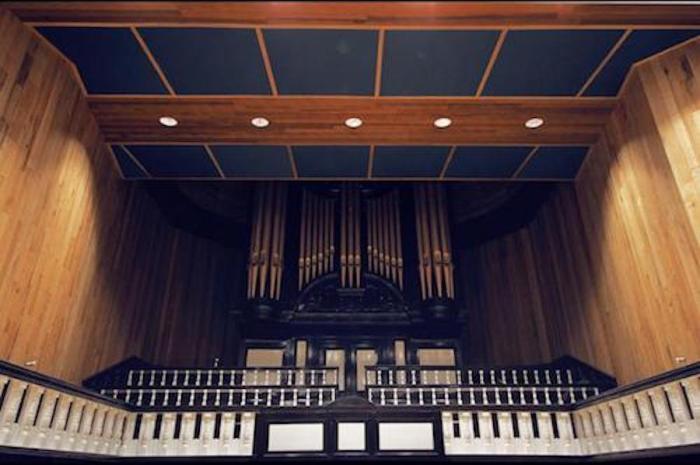
The organ on the upper level of Studio 1 – a remnant of its prior existence as a chapel
And so, on a sunny Thursday morning in London, 3 dozen musicians, 1 conductor/orchestrator, 1 sound engineer and his assistant, 1 producer (Marty) and 1 chanteuse walked into Angel Recording Studios to get to work. Oh, yeah, AAC CPA and I were there as flies on the wall.

AAC CPA arrives at Angel Recording Studios to see the magic happen
The process went something like this:
The sequencing of the songs was based on the number of orchestra members needed for each arrangement. The recording schedule allowed 2 days to lay down all of the orchestral tracks for the 14 songs. For most of Thursday, the entire orchestra was required. On Friday, the number of players was reduced by half. By the end of the day, there were only about 4 or 5 players remaining.

Larry with the orchestra, Christine in foreground

Legendary harpist, Skaila Kanga, awaiting her entrance
The layout of the studio had a large space for the entire orchestra. Each player or section had his/her/their own microphone(s) which enables the sound engineer to create a mix that features certain sections (more strings or horns or percussion) as needed. (Wires were everywhere – you had to be very careful where you stepped.) Just off of this main room was a soundproofed booth where Christine would record her songs. Video cameras were recording everything so that Larry and Christine could see each other at all times. Larry’s video would be preserved for later retakes and refinements that would be recorded by Christine after the orchestra had finished their work.

The isolation booth where Christine would lay down her tracks

Christine, with headsets to hear the orchestra, in recording mode

Relaxing between takes

Marty guest stars (and channels Bing Crosby) in a duet of “Poor People of Paris”, recorded in one perfect take!
Adjacent to both of these spaces was the control room. It was here where Marty would follow the proceedings with a full vocal/orchestral score and Gary would oversee the recording process. AAC CPA and I were seated at the enormous control panel, but out of the way.
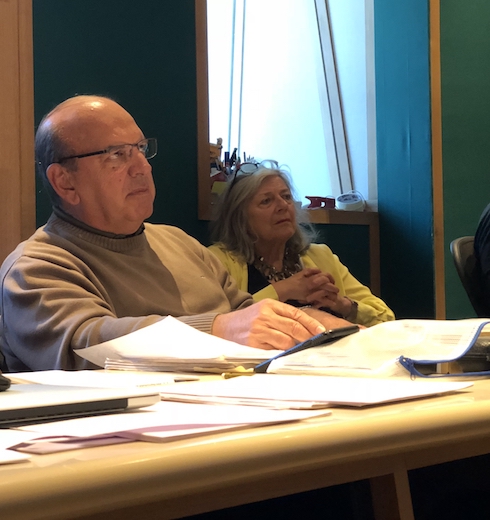
Marty with “fixer” (orchestra contractor) Sylvia Addison
The recording of each song would begin with a run-through with Christine and the orchestra. What I found most interesting was that Larry and Christine each had a metronome app that they would consult before each take. Well before coming into the recording studio, Christine chose the tempo for each song that would complement her unique style and interpretation. It’s preparation like that and attention to every detail that saves time (and money) in the recording studio.
 Larry Blank and Christine rehearse
Larry Blank and Christine rehearse
Following the run-through, Christine would step into her recording booth and a take would be made. Barring any kerfuffles (mostly due to ensemble issues or missed entrances), the entire song would be recorded. At that point, another take would immediately be recorded, or the principals would traipse into the control room for a listen.

Larry, AAC CPA, Christine, Marty and engineer Gary Thomas listen to a take
In most cases, no more than 2 or 3 takes would be made before moving on to the next song.
Here’s the really impressive thing:
We were in the midst of absolute and complete artists who were there to get the job done. Singer, conductor, orchestra, producer and engineer worked together as a well-oiled machine, no muss, no fuss, no fits, no feuds and no egos. Amigos: they were totally concentrated on doing their best work and creating the best possible performance of each and every song. This must be the meaning of “professional”.
On Thursday and Friday, the two days when we had the orchestra with us, there were some interesting challenges.
In one instance, an accordion accompaniment to – what else? – “L’Accordéoniste”, was not quite what Christine, Larry and Marty had envisioned. When Marty had played the accordion for Christine at 54 Below, he had delivered exactly the emotion that the song demanded. The accordion chart that Larry had created was only the beginning – it needed some imagination and improvisation to convey accurately what the song was about which, by the way, was very challenging to achieve on the first or even second attempt. And so, at the end of the day and after the rest of the orchestra had been released, Mark, the accordionist, remained behind to rerecord his accompaniment. After thinking it through, he got into the groove and hit it out of the park. And now he, as well as Christine, Marty and Larry, were very pleased with the results.
Likewise, the final track of the recording, a reprise of “Milord”, which has a sort of curtain call or end credits feel, was missing a certain something from the clarinetist. The chorus is played three times and, for the 2nd and 3rd repeats, the clarinet needs to get a bit wacky and wild, again not something that had been orchestrated but relied, instead, on the imagination of the player. After 3 or 4 attempts, the clarinetist nailed it and then he, too, was done.
The really cool way that these patches are recorded is for the player to wear headphones, enabling him to hear the entire orchestra, and to follow the conductor. In the control room we’d hear both the prerecorded orchestra and what the player was now performing. Once everyone was happy with the patch, the new version would replace the original performance. Voila!
After a well-deserved day off, Christine, Marty, Larry and Gary returned to a smaller studio (no orchestra this time) to rerecord certain sections of those songs that required some refinements. In most cases, it was a matter of interpretation; in others it might be to perfect the pronunciation of a lyric, or it might just be that Christine wanted another go at a song.

Sunday morning – Gary and Marty in our smaller digs, Studio 2
Generally speaking, Christine would go into the recording booth and hear the orchestra through her headphones while watching video of Larry conducting the orchestra to assist her with entrances and exits. For the most part it was a fairly easy process, because she had originally recorded her tracks from the isolation booth in Studio 1 and, therefore, it was easy to separate her voice from the orchestra tracks.

Gary adjusts the equipment before Christine records her first take of the day
Except for one song: “If You Love Me”. The initial take was recorded with Christine in the studio with the orchestra. There are tremendous advantages in having the soloist and orchestra in the same space – the synergy that is created makes for a heightened performance and the connection that Christine had with the orchestra enabled her to give a deeper reading of this particular song.

Friday morning: first take of “If You Love Me” – Christine in studio with full orchestra
On Sunday, Christine wanted to rerecord a couple of passages, which presented an additional challenge. Gary, the recording engineer, told Christine that – in order to achieve a perfect edit – her phrasing would have to match precisely what she had originally recorded. Otherwise, there could be either a pre- or post-echo of the original take. It was absolutely riveting to observe Christine’s professionalism and concentration in order to get the desired result. A lot of it was technical, but most of it was her artistry. I also have to credit Gary, who worked closely with Christine to achieve a successful outcome. Once she and Marty were satisfied with what she had recorded and it was then edited into the original performance, it was completely seamless and did full justice to the material.
To heighten the experience, I had been taking photographs of the previous recording sessions from the safety of the control room. Marty suggested that, while Christine was reworking a few passages, I go into the recording booth to photograph her as she sang. Let me just say, for the record, that I was a total wreck that I’d make a noise and ruin the take. I have to hand it to Christine: she just went about her work as if I wasn’t there and I got some great photos.

Sunday morning: Christine awaits her cue for retakes on “If You Love Me”







Christine, in the zone, making beautiful music
At this point, I’d like to say a few words about Christine and Marty. Whenever you’re working on a strict schedule and you know you have limited time to complete your work, it can be nerve-racking and extremely tense. At no time did we observe any negative energy on anyone’s part. Christine and Marty knew what they had to accomplish and so, taking one step (song) at a time, they kept moving forward and doing their work. Not only that, but their professionalism shone through the entire three days we were with them. Relaxed (as much as one could be under the circumstances), enthusiastic, and very good-humored, but always aware of the task at hand, they kept their cool and created beautiful art.
AAC CPA and I were privileged to be a witness to this project and I hope that you, like us, are looking forward to the release of Piaf No Regrets this coming fall.

It’s a wrap
Christine and Marty will be back in London to premiere Piaf No Regrets at the Pheasantry on the Kings Road on October 11th, 12th and 13th.
If you can’t make the trip across the Pond, but happen to find yourself in New York on November 8th, 9th, or 10th, Christine and Marty will be returning to 54 Below for three encore performances of Piaf No Regrets, which may very well be the last time Christine performs the show in a small venue prior to her national tour of the show.
As Piaf herself might have said (sung): “Musique à tout va” – “Music is everything”
Christine performs at the Pheasantry in London – October 2018
Christine performs at 54 Below in New York City – November 2018
Visit Christine’s website here
Sneak Preview: Watch Christine perform “La Vie en Rose”
